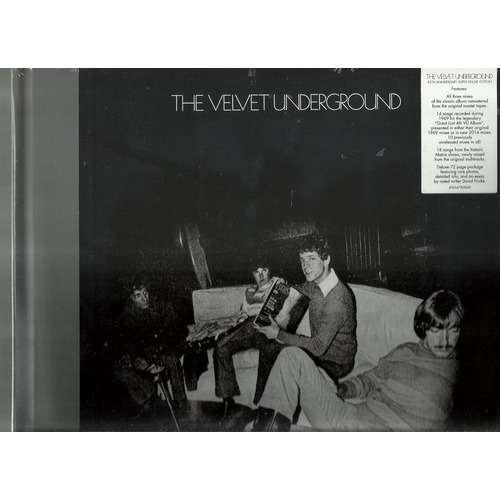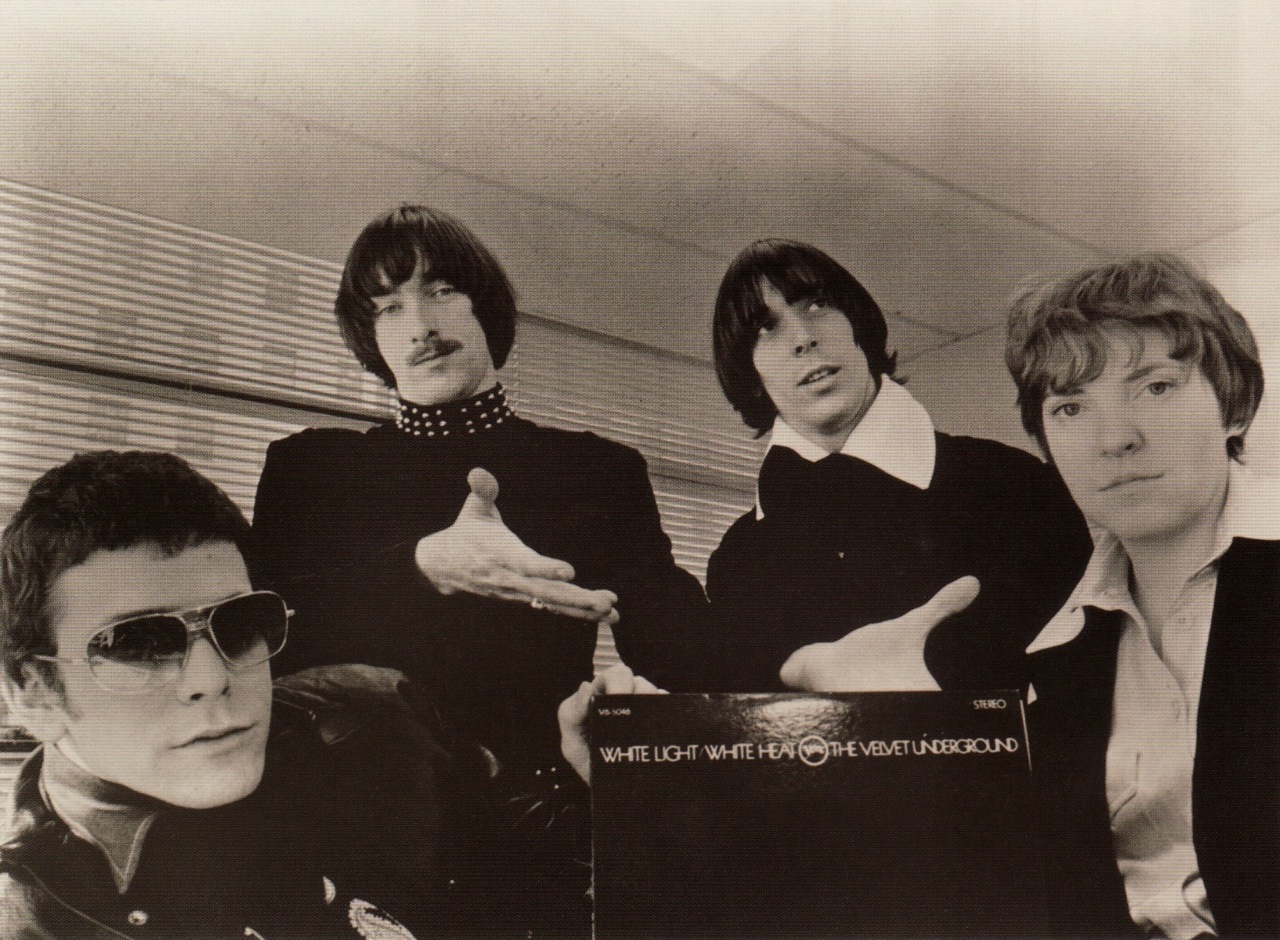

You also can find this idea in my film Velvet Goldmine, that you can mince around on stage and still not know what they do in bed. This was very important for me to put back into context-more than anyone in the band’s specific sexual practice. The additional risk that the artist took to make it, especially when it was so radical at the time. But you are losing something if you don’t understand that additional edge to the music. You could be screaming gay signifiers to certain audiences, but rock ’n roll culture-I mean, yes, in a way, rock ’n roll doesn’t have to have a label. People didn’t think of Freddie Mercury as gay-and the band is called Queen! And he’s singing in falsetto, prancing around in flaming veils or a ‘70s Castro mustache and jumpsuit.

The edges drain away as music becomes incorporated into the culture and canonized. The first record -the best known and most influential-it has hard rock songs on it, then ballads that Nico sings, then experimental form songs like “European Son” and “Black Angel’s Death Song,” then the centerpiece magnum opus “Heroin.” It’s a coherent piece of work, so I think that’s the thing to listen to. Where would you direct a noob to go for their first song? This directed me right into the avant-garde world in New York City.Įveryone’s heard of the Velvet Underground, but not everyone’s heard their music. Instead, there’s the amazing stuff that no other band in the universe has in their materials. Not a lot of backstage chatter, but there’s plenty of the Factory footage. Certainly not the concert footage you associate with a rock doc no promotional stuff or interviews. There is very little concert footage of the band. Some of the other stuff that isn’t there was less my own decision, and just what comes of the Velvet Underground. In some cases, it meant get them quickly-like Jonas Mekas, who had just turned 96 years old. So it meant I had to see who is still around and get them. I feel like I’ve heard that it’s what you expect. I wanted the film to be about the time and the place, which immediately determined I would not interview countless people-albeit fantastic and talented people-about how the Velvets influenced them, what they mean to society, all that stuff. Unlike a lot of rock documentaries, it’s an actual film.įor sure, and those limitations were really helpful creative engines. From Haynes’s opening shots, which mirror Warhol– Paul Morrissey Chelsea Girls–style split-screens, to his swirling use of disorienting sound, to the doc’s deep dive into 1960s imagery both mainstream and avant-garde, The Velvet Underground is not simply a rote record of what some musicians accomplished. The Velvet Underground was an integral part of Andy Warhol’s Factory and the birth of multimedia rock extravaganzas, while Haynes was essential to New Queer Cinema in the late 1980s and early 1990s. (It even found its way into kid-friendly film Wonderstruck with a Robert Fripp needle-drop), In their way, his films are also all about charging against the mainstream.īoth he and the band were at the tip of the spear during important movements as well. Haynes’s love of rock and pop has always been a part of his career, from Superstar: The Karen Carpenter Story through Velvet Goldmine and I’m Not There.

When watching The Velvet Underground, out on Apple TV+ on October 15, it becomes clear that Haynes was born to tell the story of how Lou Reed, John Cale, Sterling Morrison, and Maureen Tucker (and, for part of the time, German chanteuse Nico) blew up modern music from 1965 to 1970.
#FILM FESTIVAL VAL THE VELVET UNDERGROUND MOVIE#
This movie is way too cool for anything like that. But you won’t hear anyone repeat that old saw in Todd Haynes’s invigorating documentary about the group. The most famous thing ever said about The Velvet Underground-a quote attributed to Brian Eno-is that even though their first album sold poorly, everyone who bought it started a band.


 0 kommentar(er)
0 kommentar(er)
